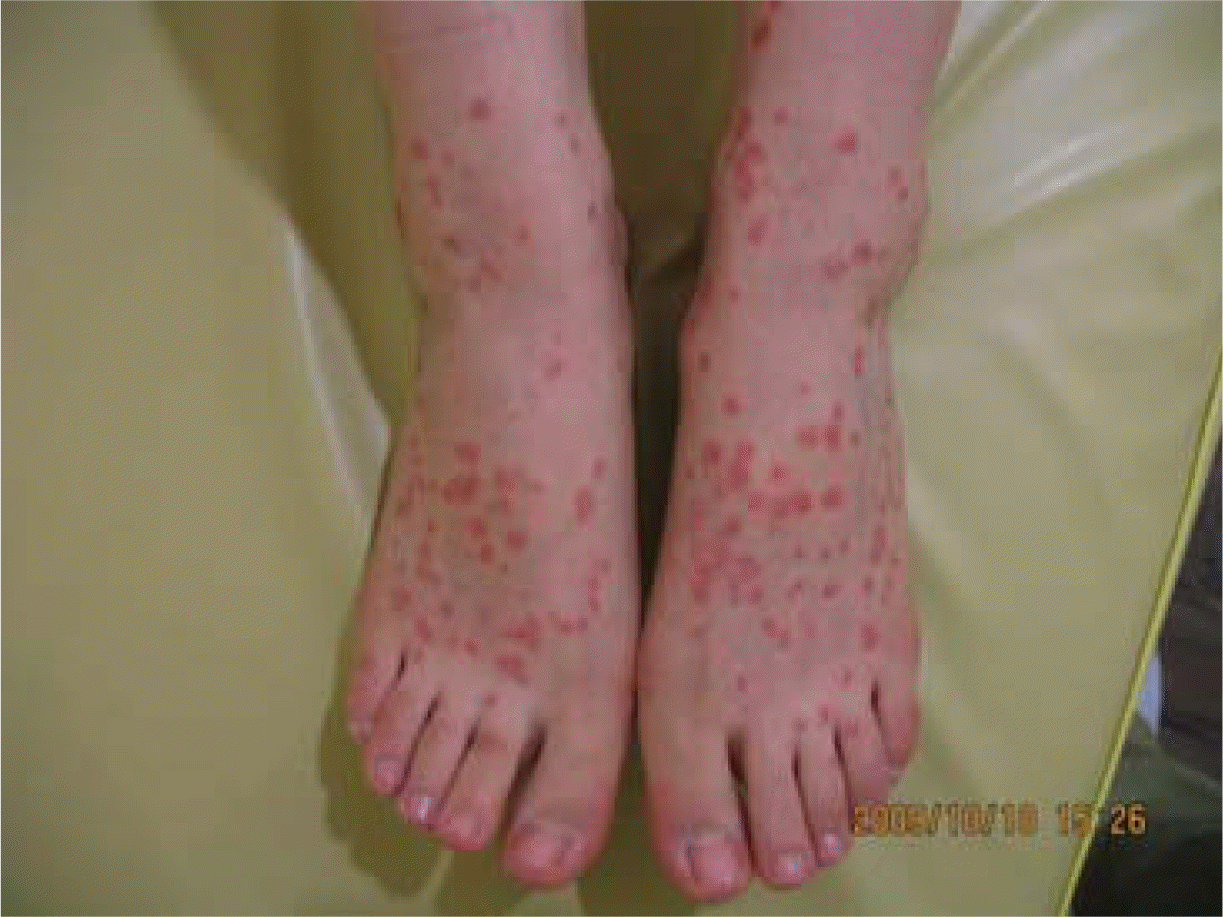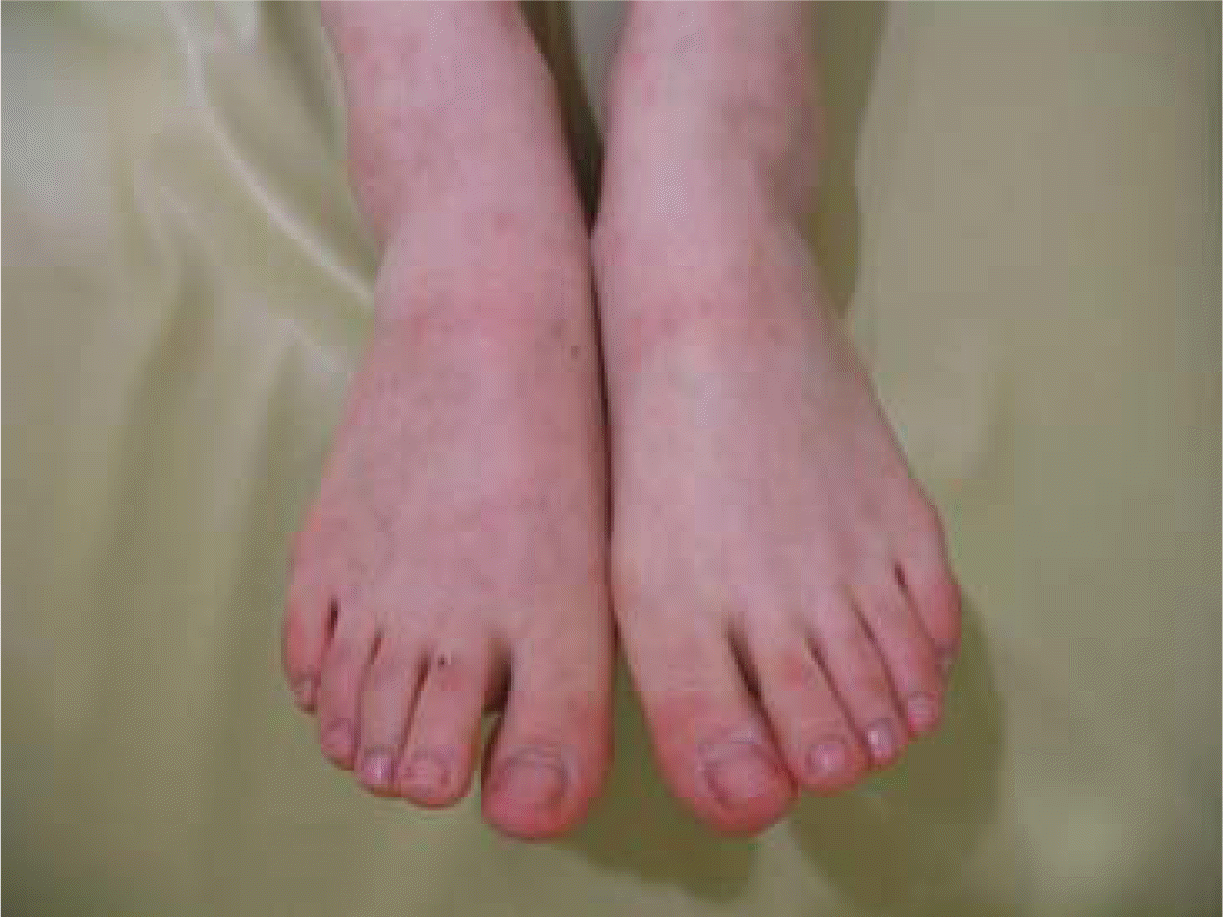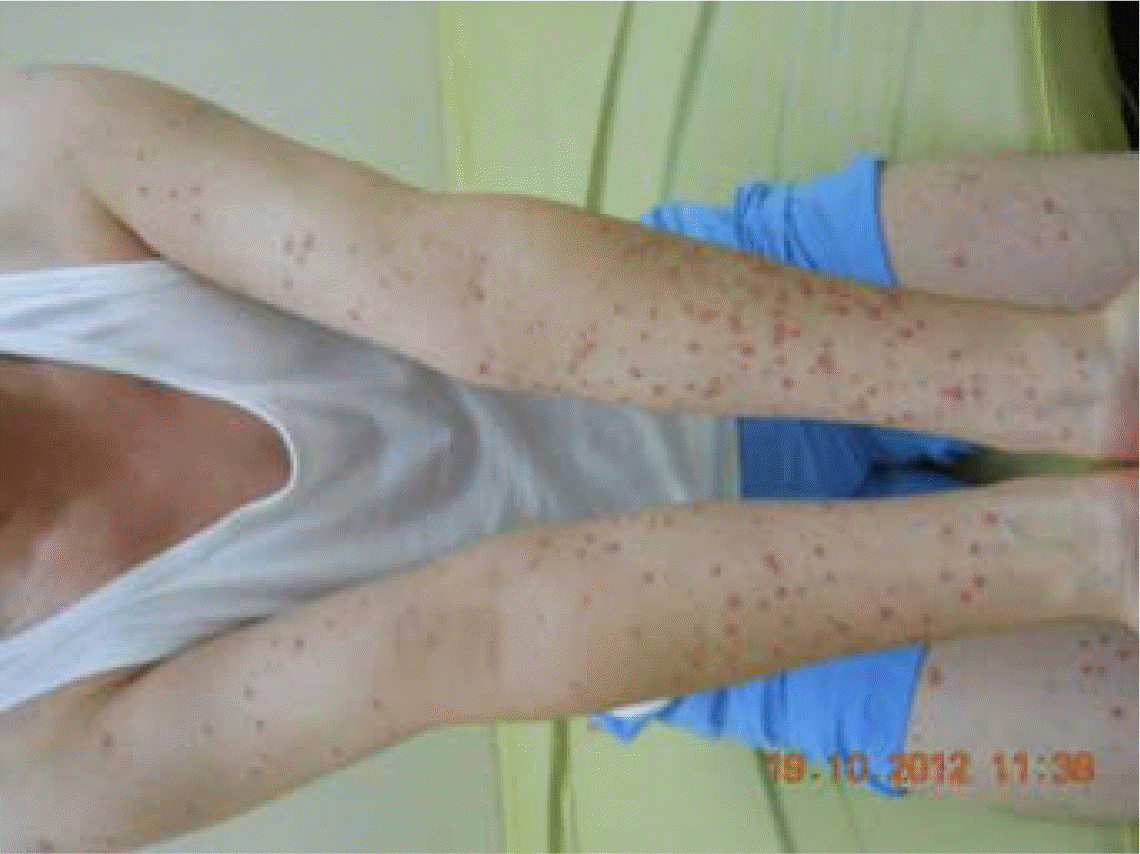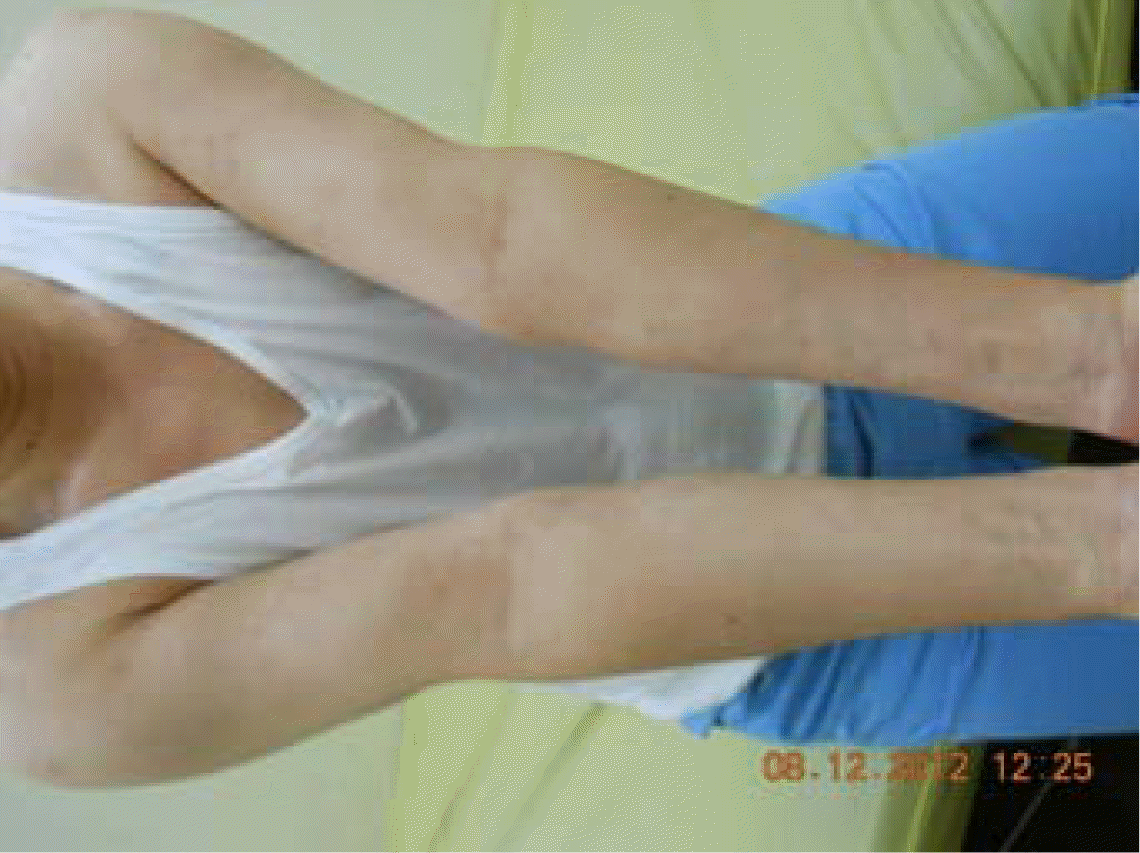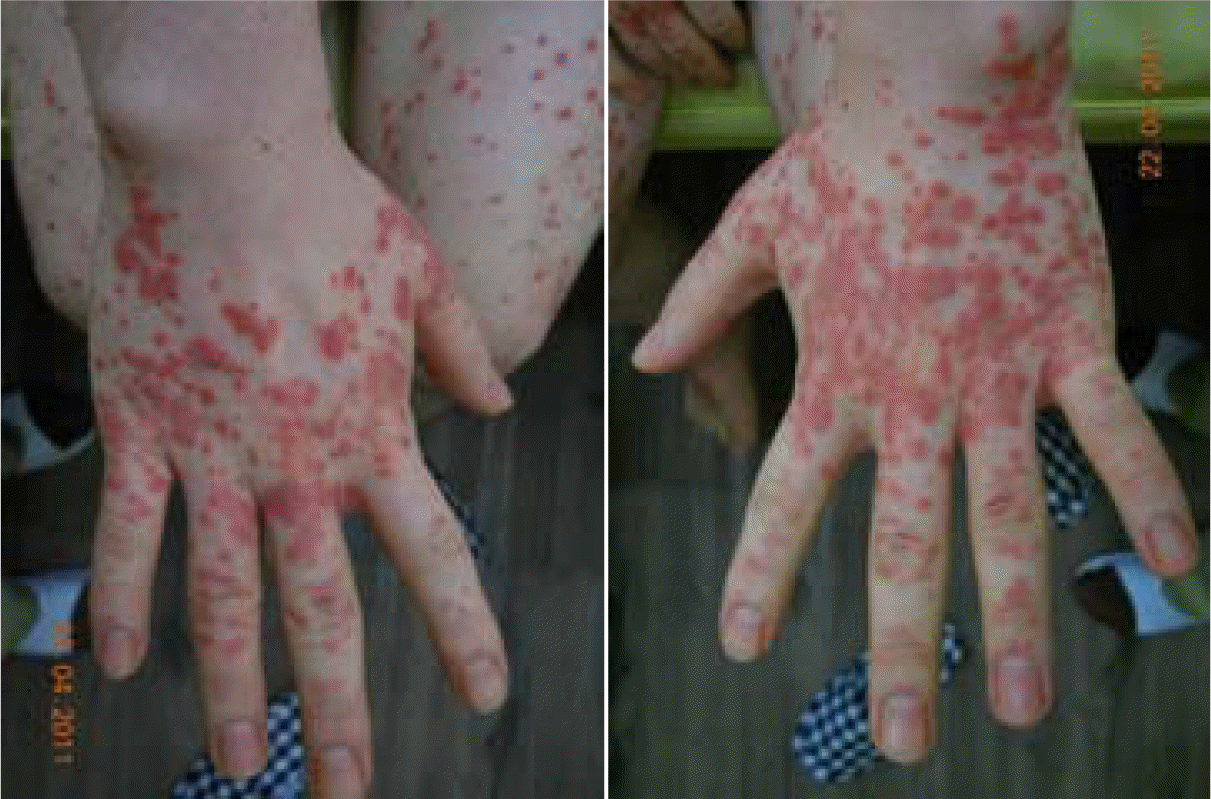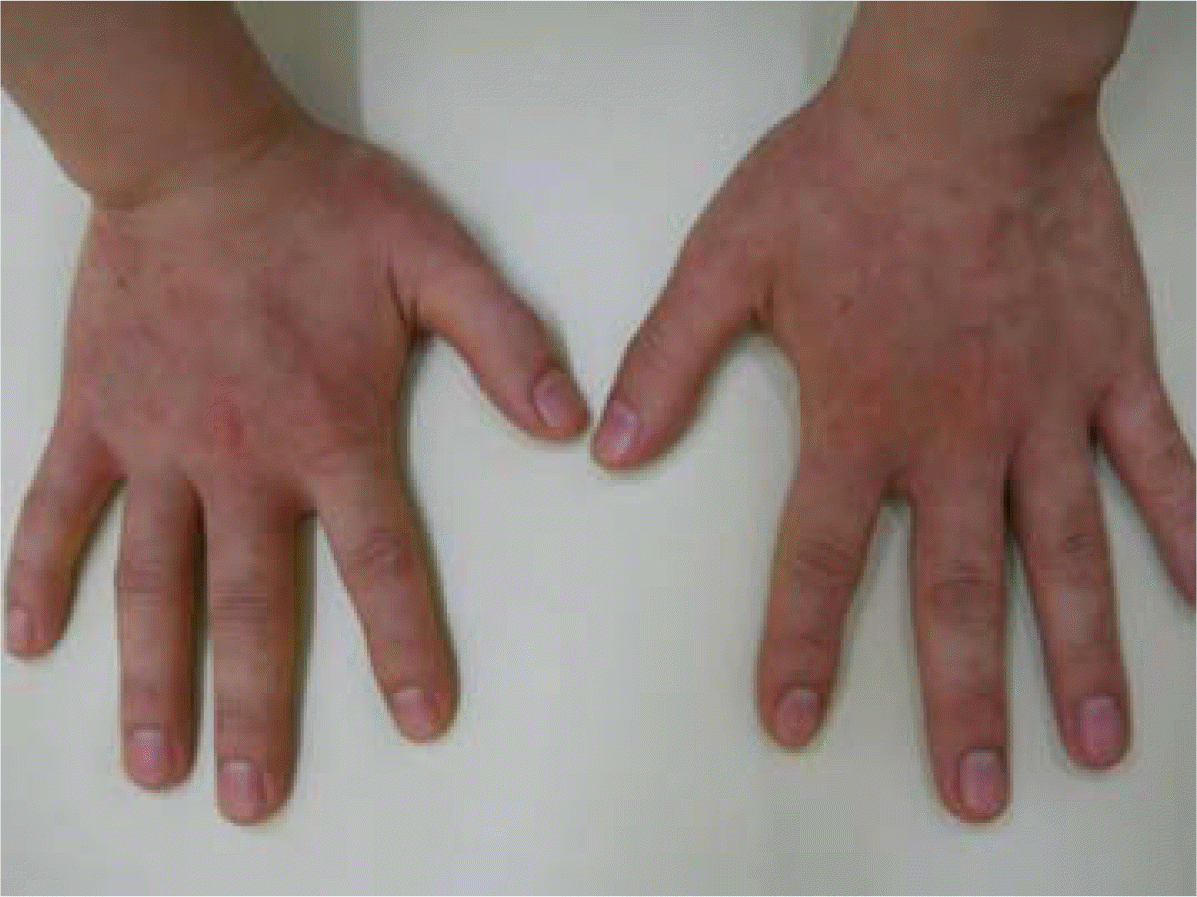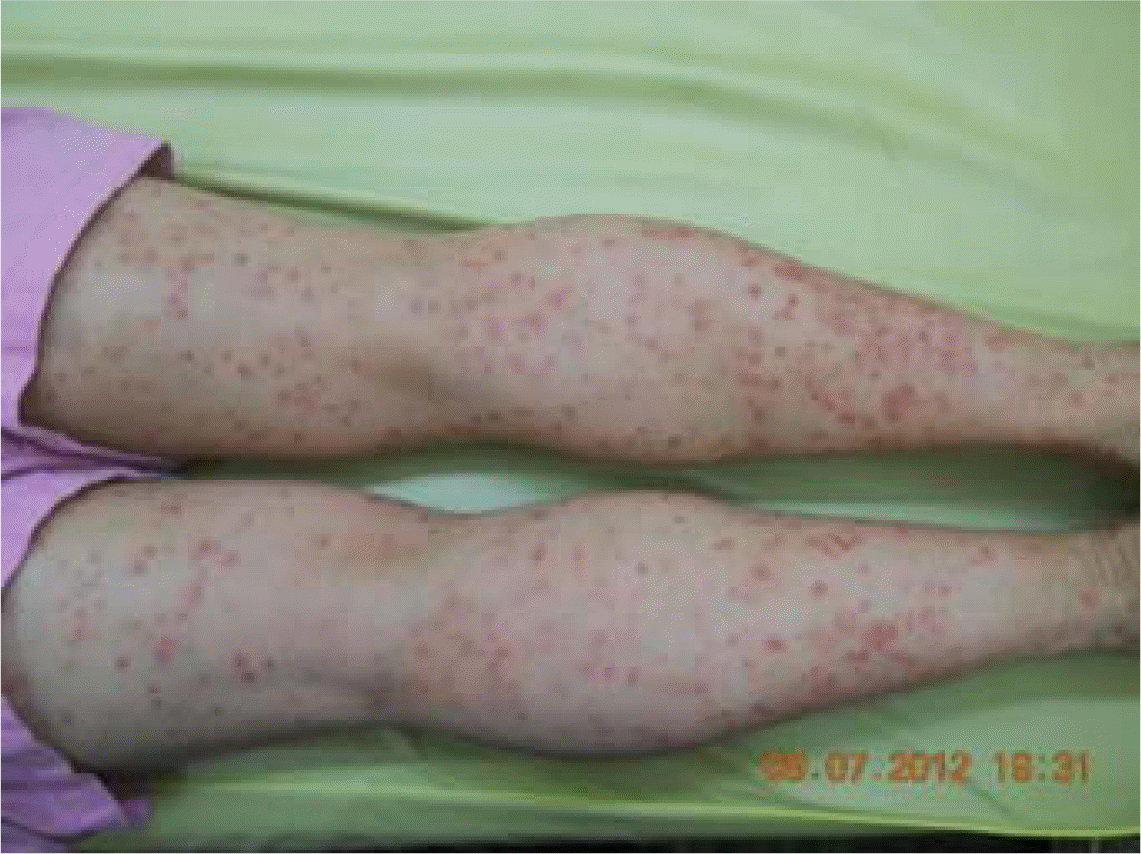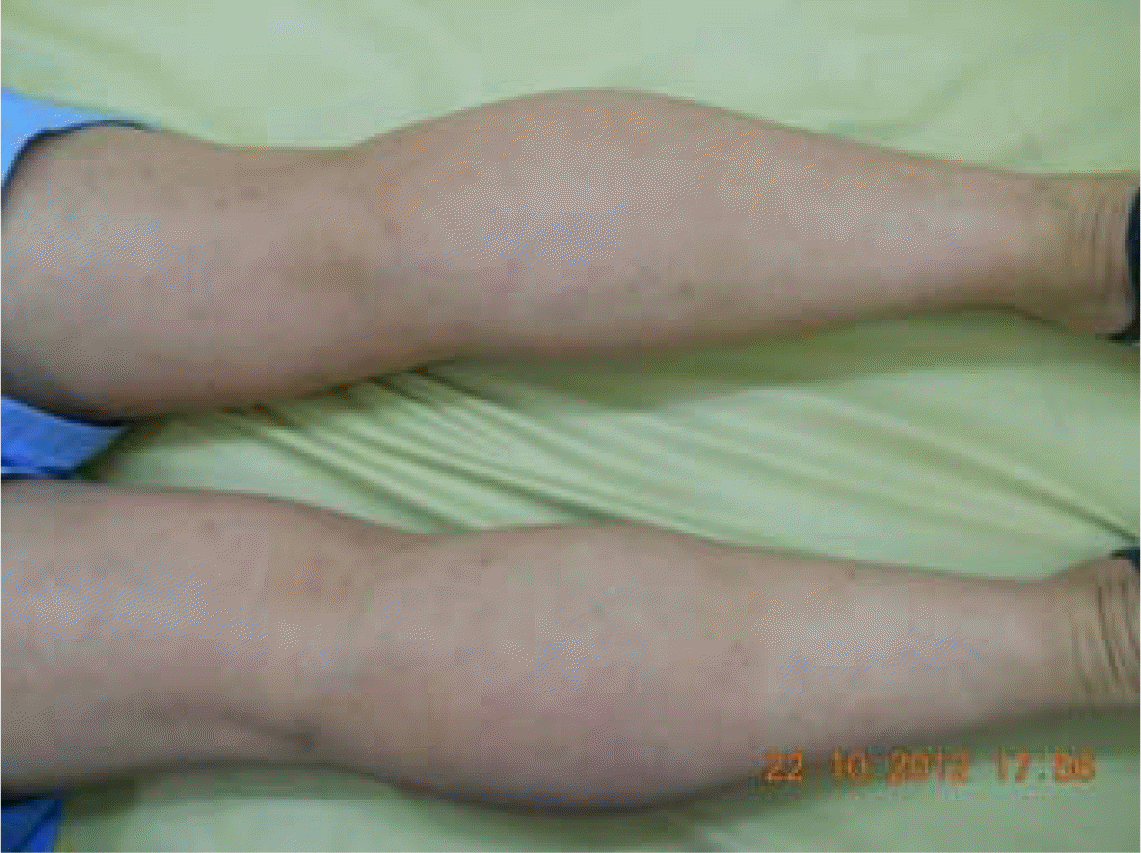References
1. The Korean Dermatological Association textbook complication committee complication. Dermatology Seoul: Yeomungak; 1994. p. 123–36.
2. Yoon JI. Psoriasis Seoul: Korea medical book publisher; 1996. p. 15–27.
p. 30–148.
3. Jung JY, Han KH. Common skin diseases in Korea Seoul: MD World; 2009. p. 168. p. 176.
4. Kim EY, Kim KS, Lim EC, Moon SH, KIM KS. A Clinical Case Study of Chronic Psoriasis in Shaoyangin Patient. J Sasang Constitut Med 2003;15(2):94–100.
5. Lee JH, Choi JS, Shin MR. A Case Study of Psoriasis Treated with Soeumin Goepoong-san. J Sasang Constitut Med 2012;24(4):92–99.
6. Han SJ, Song JM. Two Case of Psoriasis Treated with Sasang Constitutional Therapy and Fasting Therapy. J Sasang Constitut Med 2010;22(4):130–139.
7. Hong SY, Yie UH. Principles of Sasang medicine Seoul: Haengrim; 1994. p. 134–6.
p. 275–8.
p. 301p. 325–6.
8. Fredriksson T, Petterson U. Severe psoriasis-oral therapy with a new retinoid. Dermatologica 1978;157(4):238–244.
9. Chao YF. Zhubingyuanhoulun Seoul: Jungdam Publishing Co; 1985. p. 796–8.
10. Sanghai Chinese Medicine Private Educational Institute Book. The Orthopraxia of Chinese Medicine Sanghai: Sangmuinseogwan. p. 141–145.
11. Kim NK, Hwang CY, Lim GS. The Oriental and Occidental Bibliographic Study of Psoriasis. J Orient Med Surg Ophthalmol Otolaryngol 1999;12(1):154–78.
12. Oh EY, Park HS, Jee SY, Gu DM. A Clinical Reports on Psoriasis. J Korean Orient Med Ophthalmol Otolaryngol Dermatol 2001;14(2):278–85.
13. A college of Korean medicine Association of Sasang medicine lecture room sewing. Sasang medicine Seoul: Jipmoondang; 2012. p. 703.
